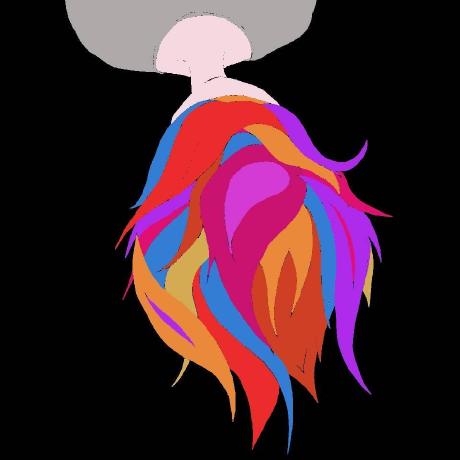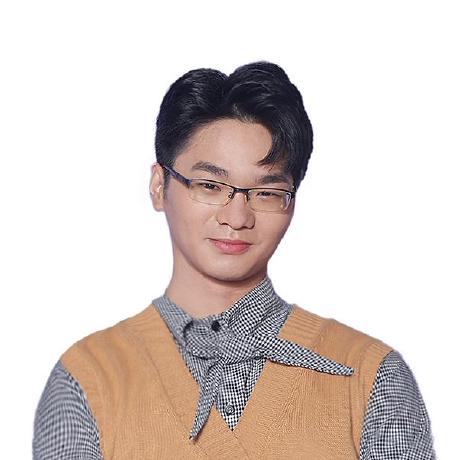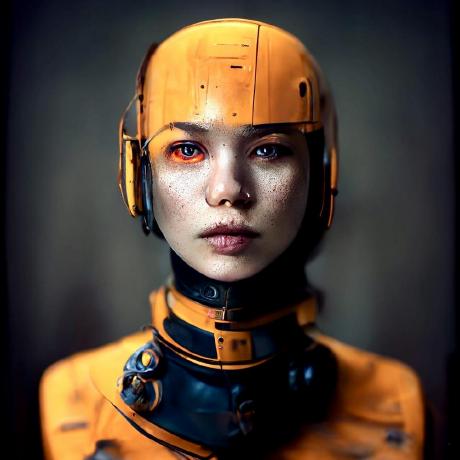Discover and explore top open-source AI tools and projects—updated daily.
RAD-NeRF by  ashawkey
ashawkey
PyTorch for real-time neural talking head synthesis
Top 39.5% on SourcePulse
RAD-NeRF provides a PyTorch re-implementation for real-time neural radiance talking portrait synthesis, decomposing audio and spatial information. It's designed for researchers and developers working on realistic avatar generation and animation from audio input. The project enables the creation of dynamic, talking portraits with impressive visual fidelity.
How It Works
RAD-NeRF leverages Neural Radiance Fields (NeRF) combined with audio-spatial decomposition. It processes input videos and audio to extract facial landmarks, semantic parsing, and head poses. The core innovation lies in its ability to synthesize novel views of a portrait that accurately lip-syncs to an input audio stream, achieving real-time performance through efficient rendering and optimized NeRF representations.
Quick Start & Requirements
- Install: Clone the repository and install dependencies via
pip install -r requirements.txt. Ubuntu users needsudo apt install portaudio19-dev. - Prerequisites: PyTorch 1.12, CUDA 11.6, Python 3.x. Requires downloading pre-trained models and pose sequence files. Data pre-processing involves installing
pytorch3dand downloading specific models (face-parsing, Basel Face Model). - Setup: Initial setup and data pre-processing can take a significant amount of time, depending on video length and data preparation steps.
- Links: Project Page | Arxiv
Highlighted Details
- Achieves real-time inference at approximately 40 FPS on a V100 GPU with ~2GB VRAM.
- Supports both Wav2Vec and DeepSpeech for audio feature extraction.
- Offers a GUI for visualization and interactive testing.
- Includes scripts for data pre-processing, training, and inference.
Maintenance & Community
The project is based on AD-NeRF for data pre-processing and torch-ngp for the NeRF framework. The GUI is built with DearPyGui. No specific community channels (Discord/Slack) or active maintenance signals are mentioned in the README.
Licensing & Compatibility
The repository does not explicitly state a license. However, given its reliance on other projects, users should verify licensing compatibility for commercial or closed-source use.
Limitations & Caveats
The installation and data pre-processing steps are complex and require downloading multiple external files and models. The project is tested on Ubuntu 22.04, and compatibility with other operating systems may vary. Training can be memory-intensive, especially when preloading data to GPU.
1 year ago
Inactive

 Jack-Cherish
Jack-Cherish chaolongy
chaolongy Kedreamix
Kedreamix harlanhong
harlanhong Fictionarry
Fictionarry fudan-generative-vision
fudan-generative-vision ZiqiaoPeng
ZiqiaoPeng jixiaozhong
jixiaozhong anliyuan
anliyuan OpenTalker
OpenTalker